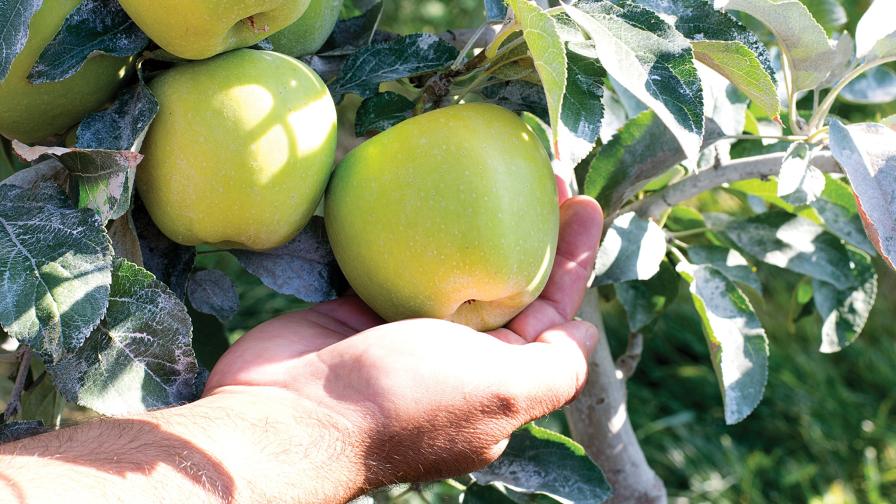FFVA On The Line: Exploring Asian Ag

Last month, I broadened my horizons by traveling with the Wedgworth Leadership Institute to China, Vietnam, and Hong Kong. The 18-day trip was the culmination of our group’s 22-month program — and a once-in-a-lifetime opportunity.
Besides the must-see tourist destinations, we got a close-up look at agricultural production and the chance to interact with locals on the streets and on the farms. We learned that even though there are a multitude of differences between Florida agriculture and the industry there, there also are some similarities to here at home.
An Economic Dynamo
The sheer size and density of the population makes a big impression on a first-time visitor. Shanghai has a population of 19 million — roughly the size of the entire state of Florida. Beijing is only slightly smaller at 16 million. Despite the country’s economic slowdown (China’s growth rate is expected to be down around 7% this year from almost 12% in 2007), construction in both cities seems to be endless. It’s easy to see why China’s demand for goods as well as its export capabilities makes it such a formidable player in the world economy.
The country is the top producer of cotton, rice, pork, peanuts, and wheat, according to USDA’s Foreign Agricultural Service. It also leads production of fresh apples, pears, tangerines, apricots, plums, and grapes. But because its population and its food expenditures continue to grow, China represents a significant market opportunity for the U.S. In 2008, it imported $27.56 billion in goods, according to USDA, and is the third largest market for total U.S. exports, which have increased more than 700% since 1997.
Touring farms in these countries was like taking a step back in time. From the lychee groves to the corn fields to the rice farms, there is little or no mechanization. But with a country of 1.3 billion people, there’s no need for it — now. But at some point, the country is sure to feel the effects of the population’s migration from rural to urban areas. And like here, the next generation has a waning interest in farming.
A Different Perspective
There were several ag-related highlights of the trip. Our hosts at Speedling Inc.’s vegetable production facility in Shanghai greeted us warmly and showed us one of their massive greenhouses. In stark contrast, our tour of Shanghai Spark Farms consisted of a walk through an Epcot-like presentation designed for tourists and school groups. Disappointing as it was, though, the exhibit impressively portrayed the sheer number of vegetable crops grown in China.
One of many bright spots was our visit to Northwest A&F University in Yangling, Shaanxi province, where we met with a group of 20 personable students. These smart young people impressed us; they spoke very good English and were eager to converse. We talked about topics ranging from farming and studying to popular culture. Many students come from farming families, but their ambitions lie elsewhere. Only one raised his hand when we asked how many planned to farm after graduation.
A farming village outside Nanning gave us another excellent look at agriculture. Baskets of hand-harvested lychee are transported on the back of a scooter/wagon-type vehicle to a collection point. Workers prune trees by standing on limbs and breaking off branches. Our gracious host was a widow who manages 3½ acres and earns about 10,000 yuan, or $1,370, per year.
The farm visit was followed by a formal meeting with representatives of the Vietnam Farmers Union (VFU), an organization founded in 1930 by Ho Chi Minh to educate farmers on government agricultural policy. Officials tout a membership of 10 million of the country’s 60 million farmers through 63 provincial farmers’ unions and 600 district farmers’ unions. Besides helping farmers obtain low-cost loans, the VFU works to improve infrastructure in the countryside and to implement “party-set goals to help farming be on a par with the rest of the world,” one official told us.
Spending that much time in Communist countries couldn’t help but give us a different perspective. Sure, agriculture has its numerous daunting challenges — as does our country as a whole. And though at times some of those challenges seem like they could spell the end of the industry in Florida as we know it, our group came back with a renewed sense of pride in our role of helping to carve out solutions.










